'We're certainly not done talking about it.' Binghamton honors Haudenosaunee history
- Oops!Something went wrong.Please try again later.
For the first time in history, the flag of the Six Nations of the Haudenosaunee flew over the Binghamton University campus on Saturday.
It was a special sort of homecoming for the dozens of members of the Six Nations in attendance whose ancestors once populated the grounds on which the university stands.
For others, it was long overdue.
“It’s about darn time,” said Sachem Sam George of the Cayuga Nation, who gave a thanksgiving blessing in his native tongue before the flag was raised.
Now in its seventh year, the Haudenosaunee Festival is a celebration of the culture and heritage of the Seneca, Cayuga, Onondaga, Oneida, Mohawk and Tuscarora peoples, who collectively comprise the Six Nations of the Confederacy.
The flag itself is a European concept, according to Robert D’Alimonte of the Tuscarora Nation, and never would have flown over any of the original Native lands, but the imagery it depicts — four white rectangles and the silhouette of a pine tree against a purple backdrop — is a Haudenosaunee symbol dating back centuries.
Known as the Hiawatha belt, the image represents the unification of the Six Nations — originally Five Nations, before the Tuscarora joined in the early 18th century — who were among the earliest occupants of what is now upstate New York. The lands that would eventually comprise the city of Binghamton and its surrounding areas once belonged to the Onondaga Nation.
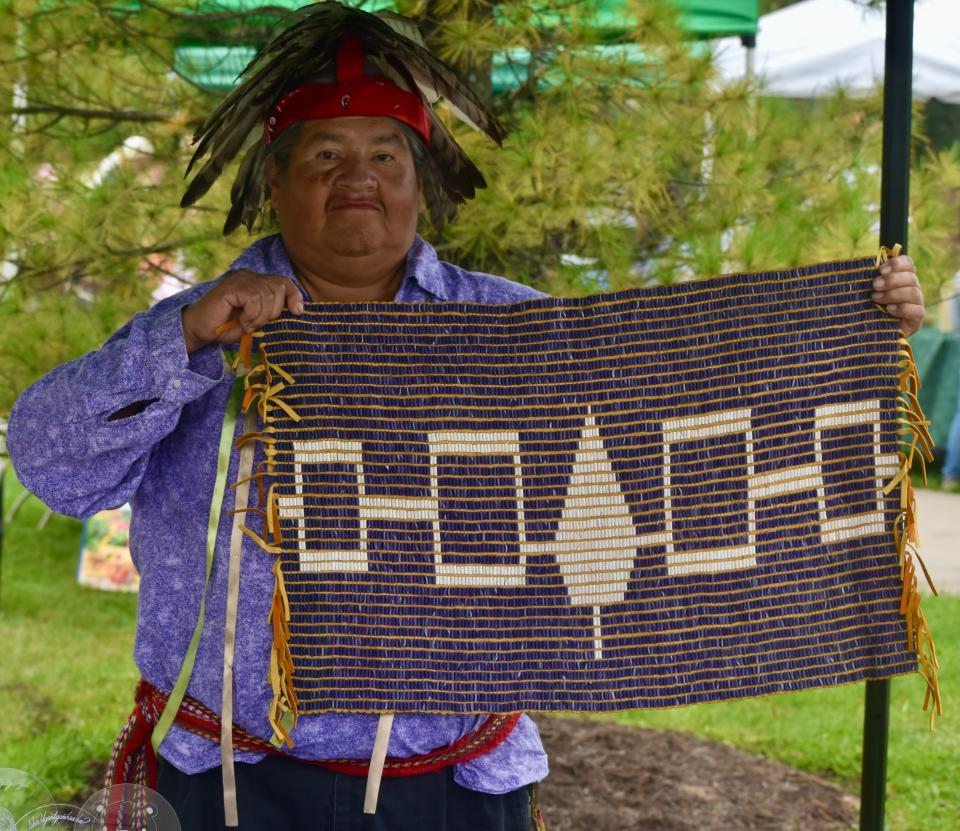
More: Have you seen these plaques around Vestal? Thank this 16-year-old
The ancestral homeland of the Onondaga stretches along what is now the Interstate 81 corridor — about 4,000 square miles from Binghamton to the southern banks of the St. Lawrence River, near what is now Alexandria Bay. Today, most Onondaga live on about 12 square miles of sovereign lands just south of Syracuse.
Binghamton’s later Indigenous history includes the development of multiethnic communities — comprised mostly of intermingled Onondaga, Oneida, Nanticoke, Conoy and Shawnee refugees escaping war and colonial encroachment — in what is now Otsiningo Park, according to Laurie Miroff, director of Binghamton University’s Public Archaeology Facility.
The PAF, which has conducted excavations and helped recover and preserve artifacts at various sites across the northeast since 1972, maintains a longstanding partnership with local Indigenous communities, Miroff said, “but to have this festival on this campus is incredibly significant,” representing the university’s latest effort to honor the area’s Indigenous roots.
Last year, BU’s Center for Civic Engagement partnered with the Onondaga Nation Farm to establish the Three Sisters Garden on campus. Named as an homage to the three crops foundational to Haudenosaunee culture — beans, squash and corn — the garden serves as a site to study history and anthropology just as much as biology and environmental science, according to BrieAnna Langley, associate professor of anthropology.
“To study the symbiotic relationships of those three crops, when grown together, in the context of the Haudenosaunee story of creation — that is Indigenous science,” said Langley, who specializes in paleoethnobotany, the study of interactions between people and plants.
Haudenosaunee agriculture tradition dictates that corn, beans and squash are planted together. Squash vines serve to maintain soil moisture and prevent the encroachment of weeds around beans, which use the corn stalks as a trellis and help to convert atmospheric nitrogen into a plant-soluble form.
More: EPA cleans up asbestos at former Johnson City power plant
Interspersed among the celebrations and lighthearted festivities of the day were many reminders of the sorrowful reality facing Indigenous people: a multi-pronged, intergenerational effort to reclaim that which has been taken from them.
Tony Gonyea, a faithkeeper of the Onondaga Nation, and his sister, Clan Mother Wendy Gonyea, described their decades-long effort to repatriate Indigenous remains long held by private collectors, museums and universities, as well as their work to protect and preserve newly unearthed artifacts and burials.
“We’re righting the wrongs that have been done to our ancestors,” Wendy said. “We need to speak for them.”
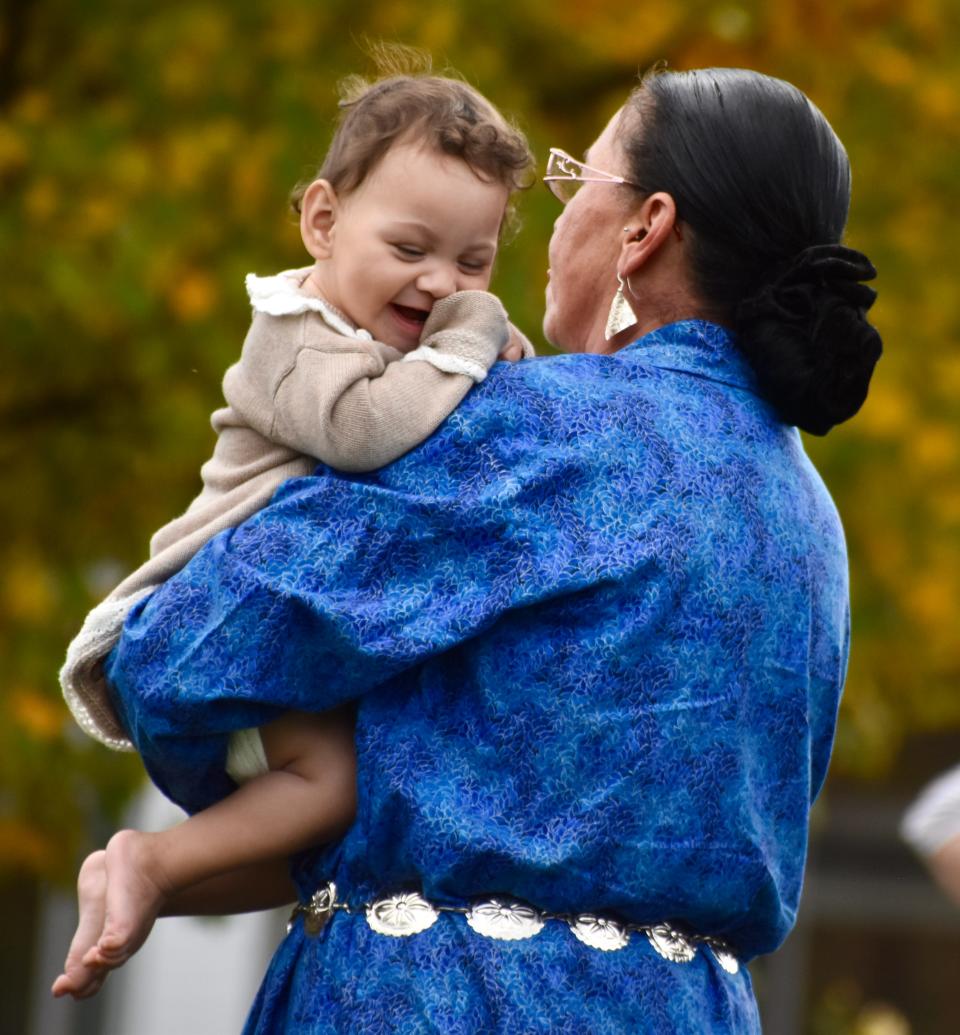
Often, the collection of artifacts and human remains were justified under the belief that Indigenous populations to whom they belonged would soon be extinct, she said. The process of returning such items, though frequently long and hard-fought, is a rewarding one.
“We’re helping our people on their journey back to the Creator’s Land,” Wendy continued. “When they died, they probably didn’t think they’d end up in a drawer somewhere. That’s not peace.”
Robert D’Alimonte, who traveled with his wife, Murisa Printup, from Tuscarora Territory near Lewiston to sell their hand-carved wares at the festival, said the journey to Binghamton was particularly meaningful, as it traced parts of the route of the Sullivan-Clinton Expedition of 1779.
“It’s amazing to think how we traveled in three hours what took them six months to destroy,” he said.
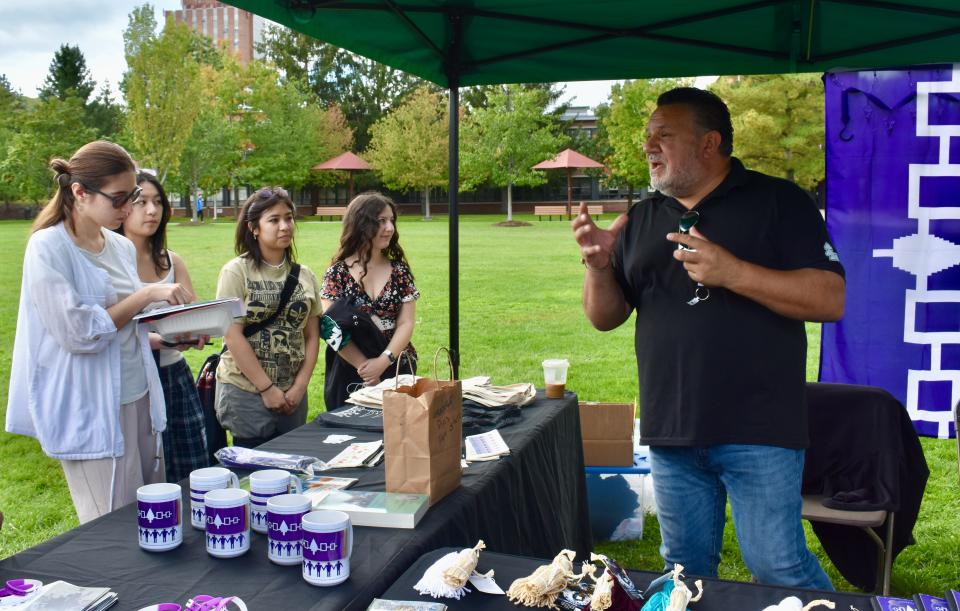
The campaign was executed at the command of Gen. George Washington to wipe out the Haudenosaunee communities through what is now Horseheads, Montour Falls, along the eastern shore of Seneca Lake to Geneva, west to Canandaigua, Honeoye and into the Genesee Valley.
While highlighting the Haudenosaunee symbolism present throughout his craftwork, D’Alimonte managed to work in some history lessons as well.
The decades-old tradition of forcibly assimilating Native children at boarding schools — isolating them from their families, cutting their hair and demanding adherence to Western language, religious practices and traditions — is one of systematic genocide, D’Alimonte said.
A report issued last year by the U.S. Department of the Interior detailed how these boarding schools were part of a long-running federal scheme to force Native people to give up their land and adopt white culture.
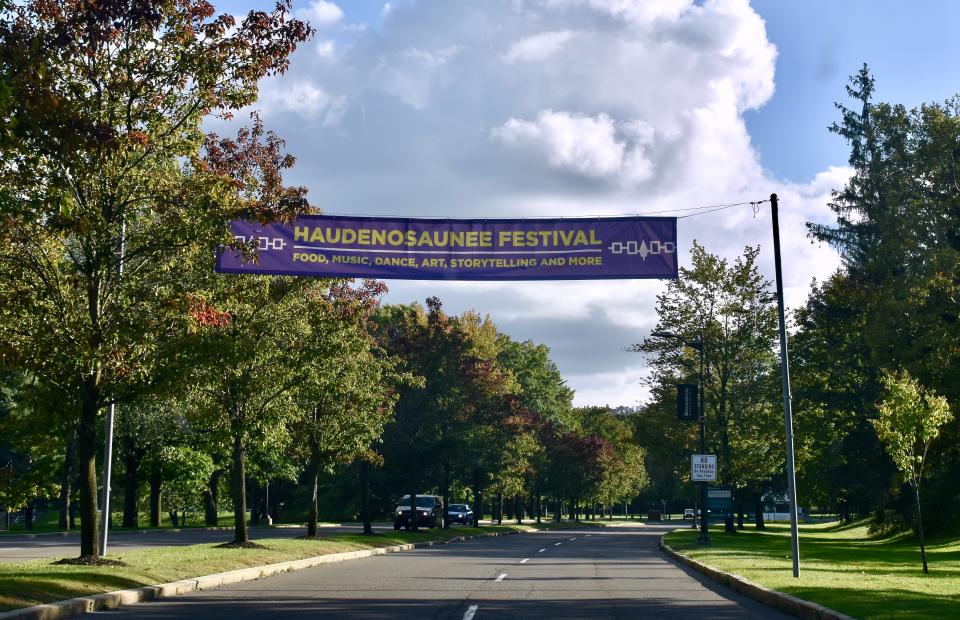
The boarding school tradition was born in Carlisle, Pennsylvania, just 200 miles south of Binghamton, in 1879. More than 10,000 students taken from 140 Indigenous nations were brought to the school during its four decades of operation, but just 158 completed the program.
A small burial ground on school grounds contains the remains of at least 180 students who died there, leaving thousands still missing and unaccounted for more than a century later.
“Every Native person you will ever encounter has been touched by these boarding schools,” D’Alimonte said, noting that Printup’s own grandmother was a survivor of the Thomas Asylum of Orphan and Destitute Indian Children in Western New York.
Many of the boarding schools were shut down by the mid-20th century amid reports of rampant abuse and neglect. Four remain in operation.
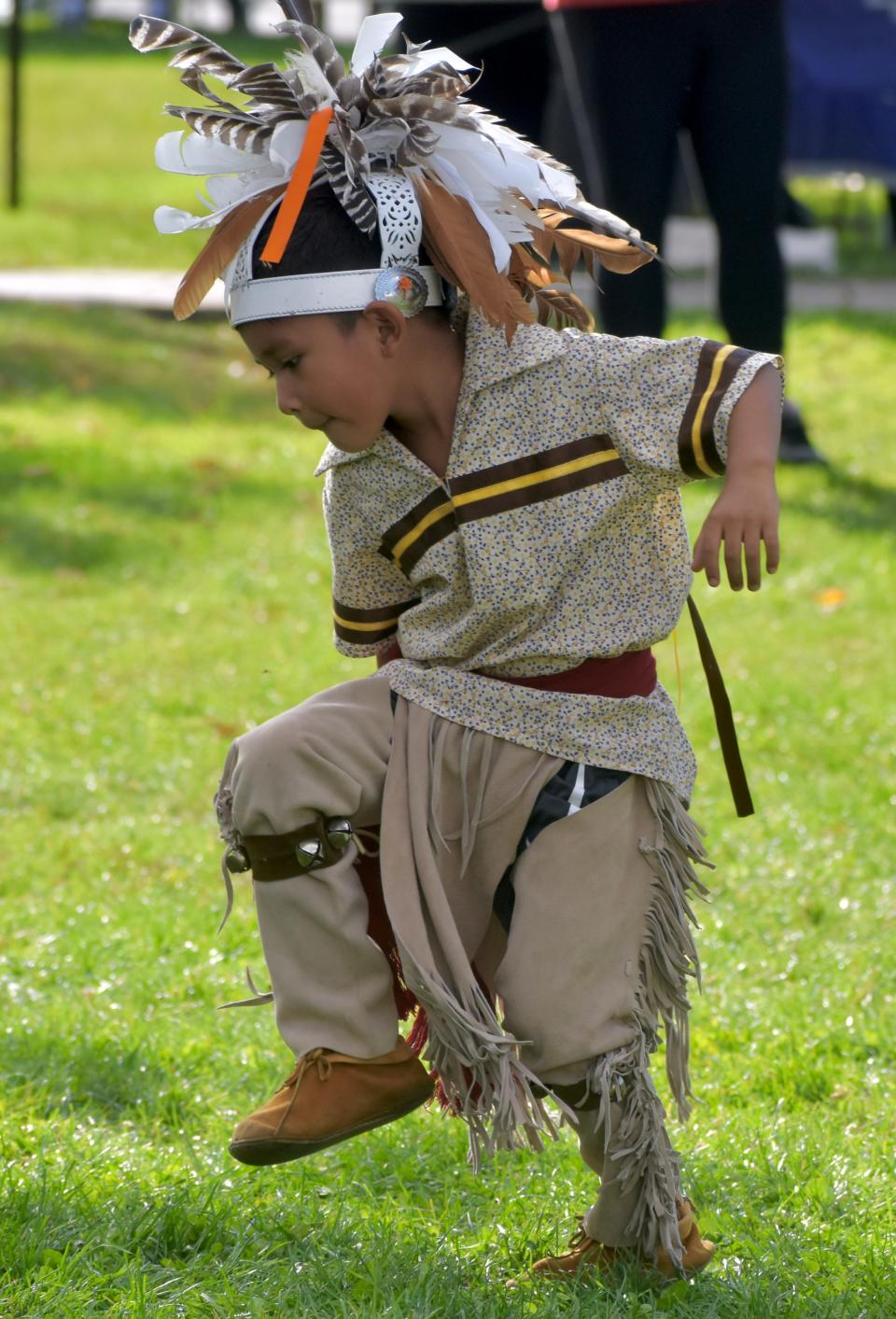
Saturday’s Haudenosaunee Festival fell on Orange Shirt Day, a Native-led tradition to honor and remember the children taken from their homes, celebrating the survivors and mourning those who never returned.
“Eventually, the United States needs to grow up and have a conversation with itself about this,” D’Alimonte said. “We’re certainly not done talking about it.”
This article originally appeared on Binghamton Press & Sun-Bulletin: Binghamton celebrates Indigenous roots at Haudenosaunee Festival

